#history map
Explore tagged Tumblr posts
Text
youtube
1 note
·
View note
Text
Here's what I've been up to lately! Three years after I created the original version, here's a revamp of the first planet I mapped out for @jayrockin's "Runaway to the Stars" project, the homeworld of their Centaur aliens. This post covers Phase One: Geology.



Firstly, the Equirectangular elevation maps with and without the color gradient layer, and tectonic plate map. This color gradient marks sea level, of course, and while there are inland areas that are *also* below that elevation, I have yet to determine which of those basins have lakes and seas therein, and how their shorelines compare; *that* will be seen once I figure out the climate : ) As for the Plate map, most of the smaller, oblong plates without any rift boundaries represent island chains or continent fragments that accreted onto larger landmasses; discretely marking those was helpful for placing and shaping the mountain ranges.



Next, the Poles-Centered Perspective maps, made possible with Photopea's Polar Coordinates tool. The planet's Southern hemisphere, centered on the south pole, is seen at left, and its Northern hemisphere is seen at right. Like the previous set of three, this set includes the color elevation map, greyscale elevation map, and solid color tectonic plates.


Last of all, the basis for the planet's current appearance: it's tectonic history! These gifs, in six frames, cover about 200 million years of continental drift, starting with the breakup of two Supercontinents, and was primarily achieved in Blender. This isn't my first time trying to reconstruct a tectonic history, but it *is* my first time doing so this quickly and efficiently, thanks to the process I developed here using this planet's continents as a test case.
There will be more phases in this project completed and shared in the coming months, thanks for checking out this one! Also, I've already shared these maps on Reddit, where you should be able to see them in even higher resolution. Photopea and Blender, 2025
#mapmaking#imaginary maps#photopea#blender#elevation maps#equirectangular projection#poles-centered perspective#rtts centaurs#fictional planets#runaway to the stars#worldbuilding#world map#imaginary plate tectonics#tectonic history sequence#physical geography#long term project#commissioned mapmaking#Christopher Maida Artwork
704 notes
·
View notes
Text

finally unlocked frobin in warriors (and chrom is now severely overleveled)
#fire emblem#fire emblem awakening#fe awakening#chrom fire emblem#robin fire emblem#chrom#chrom fe#robin fe#chrobin#my art#warriors was sick for putting her in history map jail
794 notes
·
View notes
Text

Vintage Appalachian Trail Map
1923
#vintage camping#campfire light#appalachia#history#camping#hiking#vintage map#road trips#travel#backpacking#east#1920s
506 notes
·
View notes
Text

Daily Mirror, England, December 9, 1907
5K notes
·
View notes
Text

The True Size of Africa! The African continent has a land area of 30.37 million sq km (11.7 million sq mi), enough to fit in the U.S., China, India, Japan, Mexico, and many European nations, combined.
#africa#africa map#black kings#black queens#kings and queens#black gods#gods#black men#african women#african#black women#black girls#black queen#afro latinas#black history#black beauty#politics#afro latinos#black teachers#black entrepreneurship#black inventors#black fashion#black love#black tumblr#black couples#we invented everything#caribbean#black boys#affirmations#positivity
638 notes
·
View notes
Text

A Rare Cross-Section Illustration Reveals the Infamous Happenings of Kowloon Walled City
2K notes
·
View notes
Text

Google has just removed Pride Month and Black History Month from the calendar app.
This comes as they obeyed Trump by changing the Gulf of Mexico’s name to “Gulf of America.”

624 notes
·
View notes
Text
BEHOLD MY WARES!
I'm nearly $500 short on rent for June. If anyone wants to buy a map or tip me, I'd really appreciate it!
I'm a small (miniscule) indie writer with too many migraines and not enough income. If you like what I do here, check out my Ko-fi and consider supporting me. It helps keep the lights on and the cats fed!
My shop currently features modern TTRPG maps and samples for a TTRPG I'm working on, with fiction coming soon.
Subscribers get access to Work in Progress Wednesday, plus previews of the scripts for Stellar Comics, early access to my alternate-history short story series Hentaigana, and other previews.
217 notes
·
View notes
Text
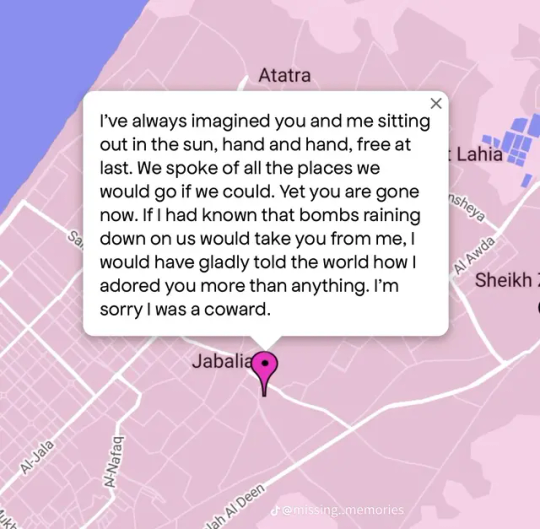
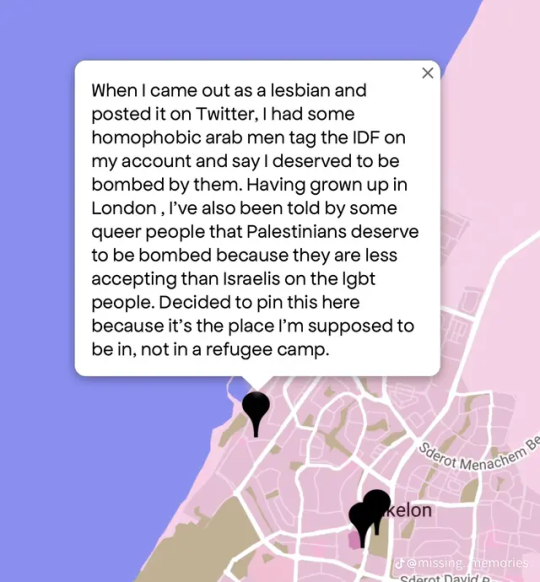

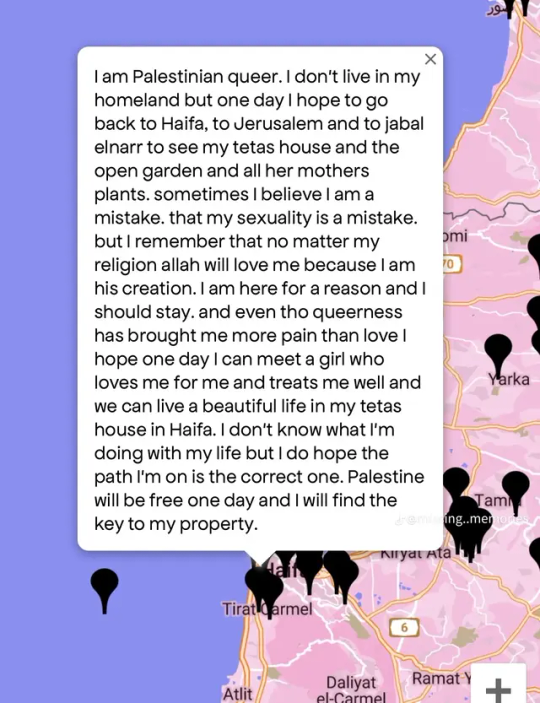
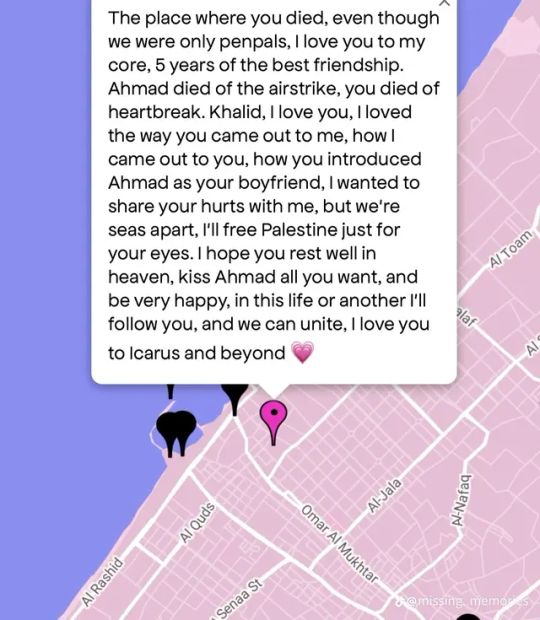
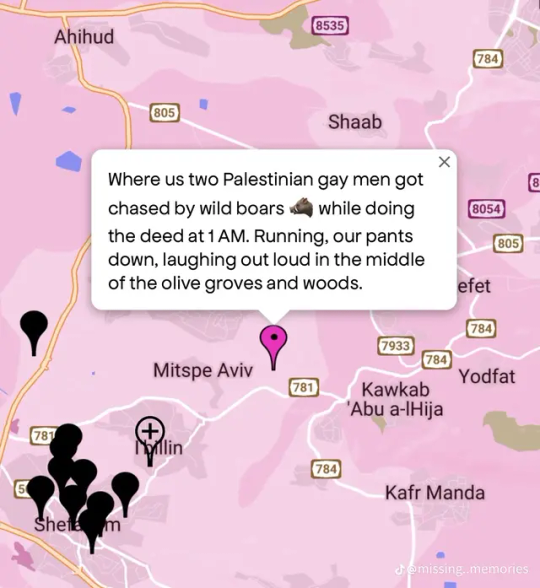
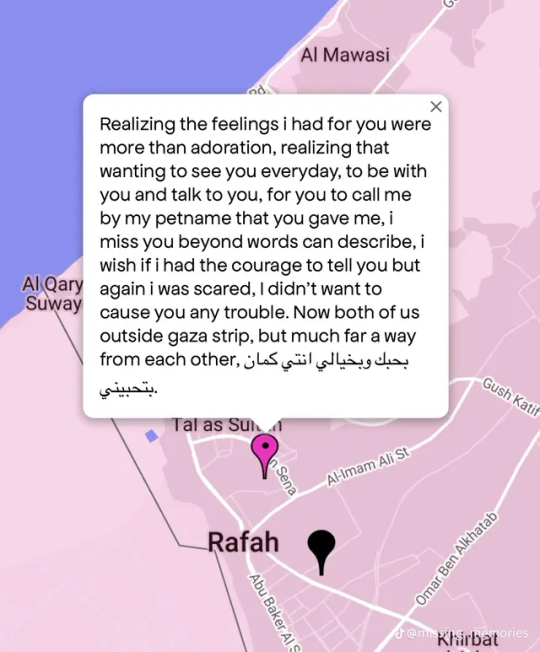
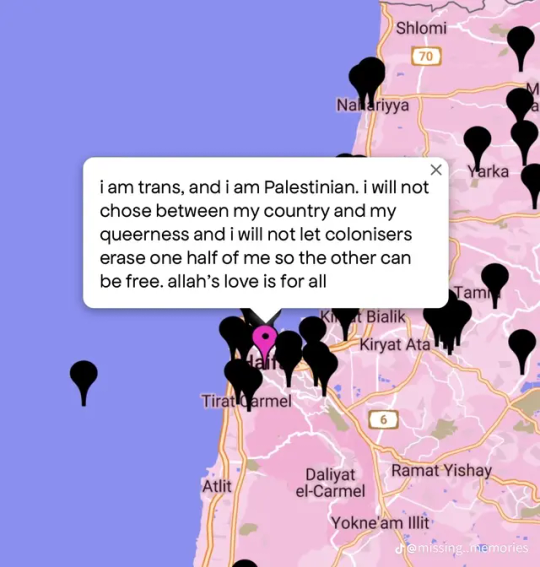
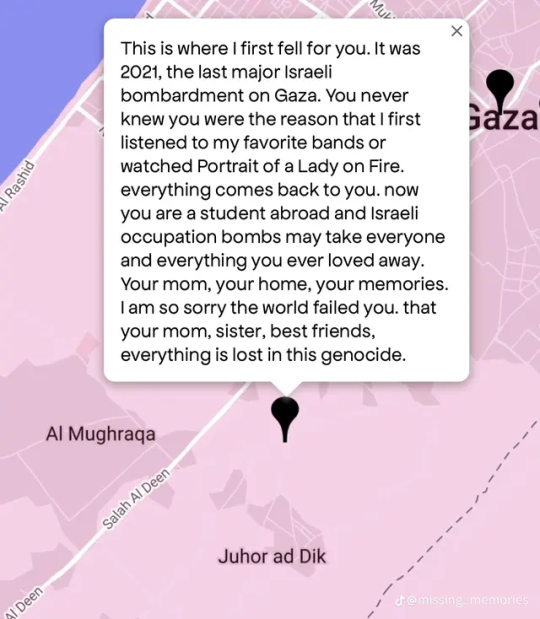
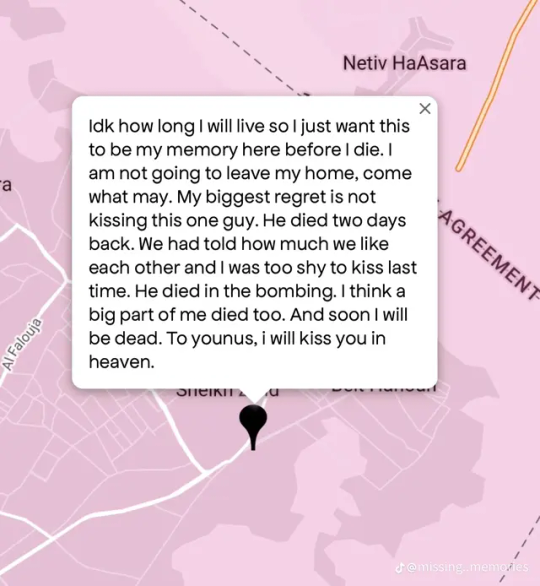
a collection of queer Palestinian stories in Gaza from queering the map.
Don't let pink washing get to your head. Queer people live everywhere, including in Gaza, where they are currently being massacred.
images are from the tiktok link i attached, there's even more there.
#free palestine#free gaza#gaza#palestine#poetry#israel palestine war#israel palestine conflict#israel#israhell#queerness#queer#queer history#queer community#lgbtq rights#lgbtq+#lgbtqia#lgbtq community#lgbtq writing#lgbtq stories#queering the map#equality#lgbt#lgbt rights#lgbt community#queer palestinians#pink washing#pinkwashing#genocide#gaza genocide
1K notes
·
View notes
Text

Eva and Franco Mattes: Panorama Cat (2022)
#contemporary#art#cat#panorama cat#meme#taxidermy#exhibition#glitch#google maps#contemporary art#sculpture#animal#museum#gallery#art history#culture#arts#artist#panorama fails#eva and franco mattes#galerie rudolfinum#rudolfinum gallery#poetics of encryption
93 notes
·
View notes
Text
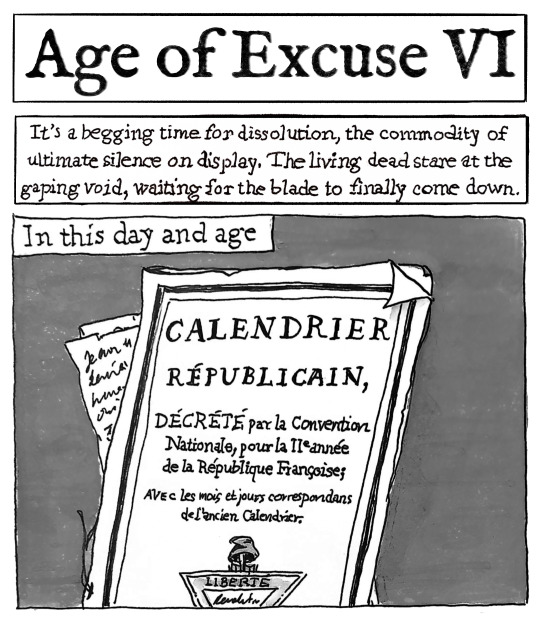

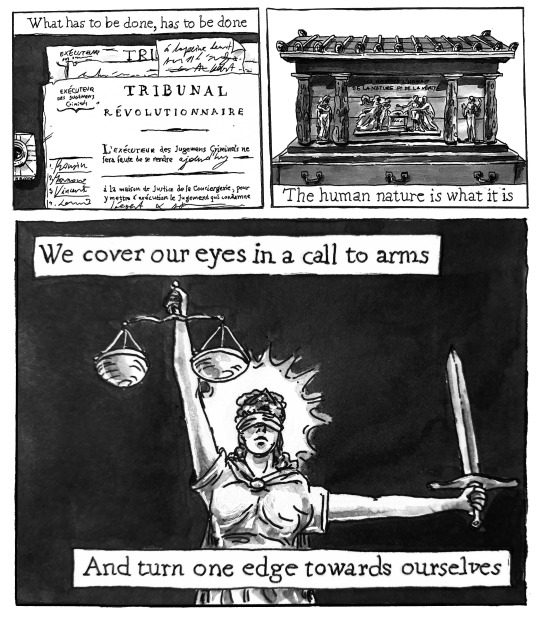
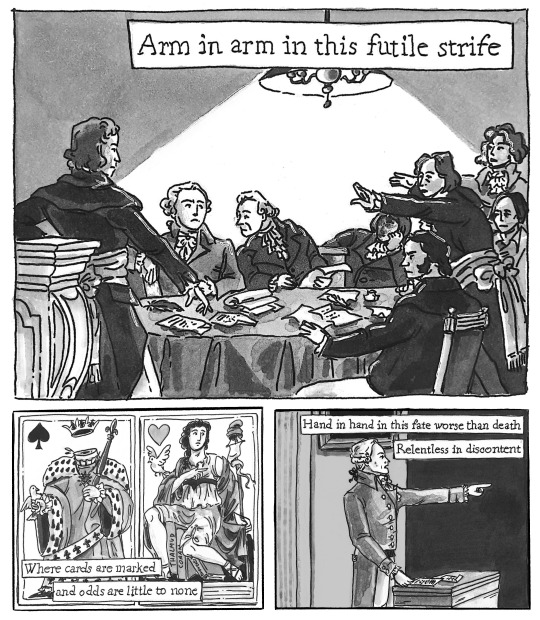
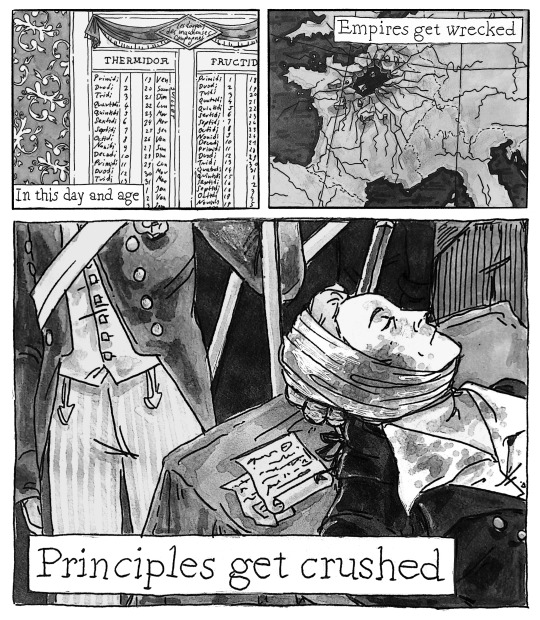
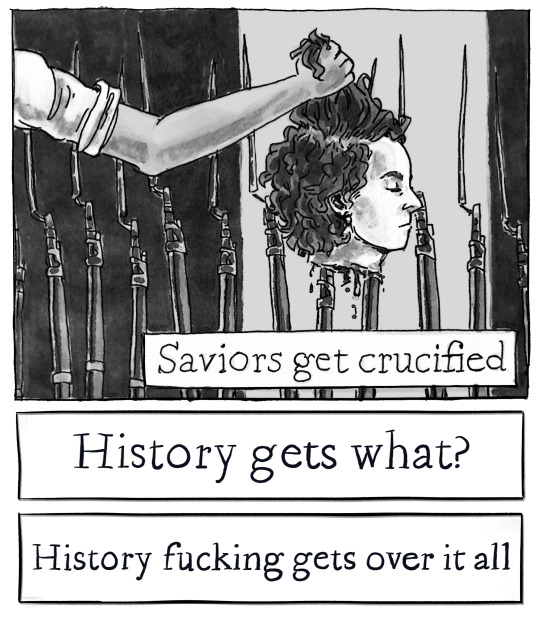
Le 9 Thermidor, l'an II de la République une & indivisible / Age of Excuse VI, Mgła
#My art#History#French Revolution#Frev#Thermidor#Robespierre#Almost two weeks in the making. /Really/ pleased with how pages 4 and 5 turned out.#The order of execution and both calendars are copied verbatim from historical documents.#As is the map. (To an extent obviously.)
282 notes
·
View notes
Text


























rattay on sasau in 1403 (kcd1) & 2025
#kcd#kingdom come deliverance#rattay on sasau#kcd1#rataje nad sázavou#czech stuff#lords of leipa#pirkstein#pirkstein castle#mine#long post#gif:kcd#its rlly something surreal to see the visual of the kcd town and its map and everything how it could have looked#and then go there and its still there. different but the same. in a way#and its weird bc of course other cities (like prague especially) are portrayed even more so in media. but maybe its the tourist aspect#that you suddenly see it differently. like history and present at the same time. anyway#it was rlly pretty there. and so quiet. such a small nice town#it was a car trip just a few hours from our home lol#and i knew i just wanted to see these side by side :)
139 notes
·
View notes
Note
What is the weirdest looking reblog map you've seen
I’m not sure tbh. Some unusual occurrences I’ve seen, though, are:
• maps that are basically just a really long strand of reblog after reblog



• when the main post has been deleted and causes everything to be floaters


(these are not great examples as the original posts weren’t deleted, but they show the general idea)
• a popular blog (or blogs) making a post and continually reblogging it, resulting in a chain of very concentrated reblog-bubbles



• peenor






#asks#reblog map#i have so many peenor shaped maps#they happen more often than one would expect but i giggle at them every time#did i just dig through my entire post history to find those maps? yes. yes i did.#worth it tho#reblog loops
78 notes
·
View notes
Photo

What would the Netherlands look like with Trump in power?
by geographic.designer/instagram
85 notes
·
View notes
Text
#us map#us states#black kings#black queens#kings and queens#black gods#gods#black men#african women#africa#african#black women#black girls#black queen#afro latinas#black history#black beauty#politics#afro latinos#black teachers#black entrepreneurship#black inventors#black fashion#black love#black tumblr#black couples#we invented everything#caribbean#black boys#affirmations
86 notes
·
View notes